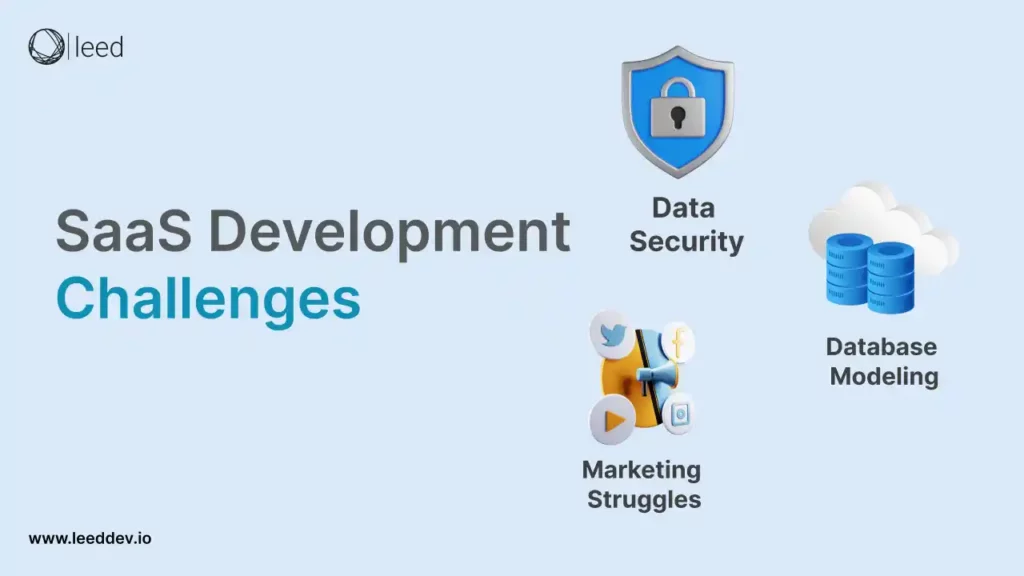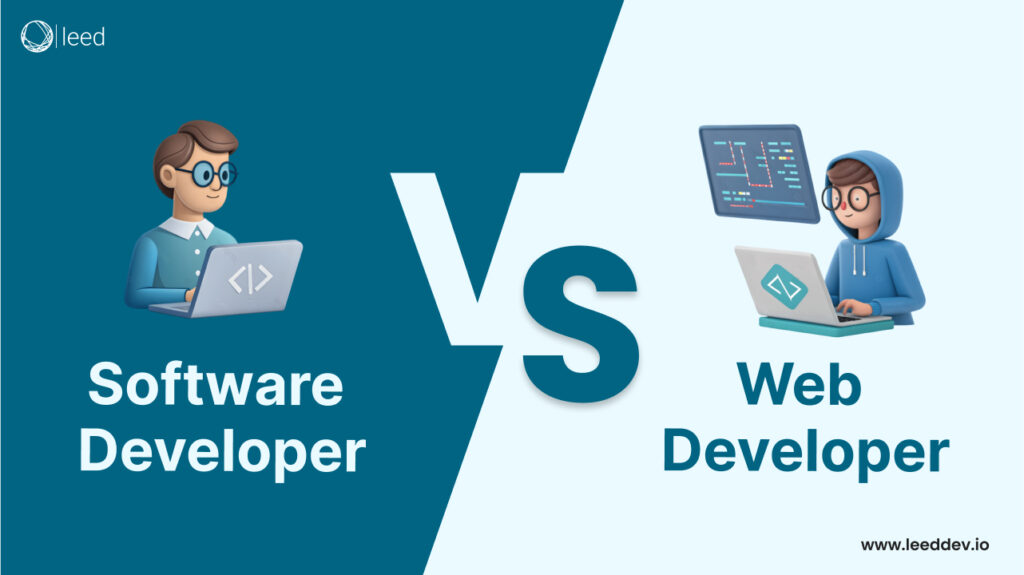Smart decisions are crucial for success, and reliable information is key. In today’s fast paced business world optimizing processes and achieving goals is crucial. Business analysis is key in this effort, helping organizations understand their current state, identify needs, and define solutions that drive value. Whether improving processes, developing new products, or implementing technology, business analysis connects business goals with practical solutions.
Effective business analysis can significantly impact the bottom line by ensuring smooth transitions in product development, technology, and processes. It combines high-level strategy with detailed exploration of systems, influencing results and customer experience. A skilled business analyst ensures everything runs smoothly, while the lack of proper analysis can lead to project challenges and poor outcomes.
What is Business Analysis?
Business analysis involves using data and specific techniques to understand and improve an organization. It includes:
- Analyzing organizational structures and policies
- Recommending solutions to achieve strategic goals
- Acting as a liaison between stakeholders and IT
Business analysts recommend changes and provide solutions that add value. This practice is guided by standards from organizations like IIBA, PMI, and BCS. Business analysis applies to various industries, including IT, healthcare, finance, and manufacturing, helping organizations optimize processes and meet objectives efficiently.
Also Read: AWS vs Azure: Which Platform is Best for Business in 2025?
What Is The Business Analysis Process?
A simplified version of business analysis process is given below:
- Get Oriented: Clarify your role, understand stakeholders, and review project history.
- Identify Objectives: Align with stakeholders on clear, actionable goals.
- Define Scope: Outline the project’s boundaries and steps.
- Create a Plan: Set timelines, steps, and deliverables.
- Define Requirements: Gather and create clear, actionable requirements.
- Support Technical Implementation: Work with IT teams for smooth execution.
- Implement Solution: Document and train end-users.
- Assess Value: Evaluate project success and identify any follow-up actions
Techniques of Business Analysis
Some of the main techniques or business analysis methods about how to analyze a business are as follows:
| Technique | Description |
| CATWOE | Identifies affected parties and processes in any business action |
| MoSCoW | Prioritizes requirements by categorizing them as must-have, should-have, etc. |
| MOST | Analyzes internal goals through Mission, Objectives, Strategies, and Tactics |
| PESTLE | Evaluates external factors: Political, Economic, Social, Tech, Legal, and Environmental |
| SWOT | Identifies strengths, weaknesses, opportunities, and threats for resource allocation |
| Six Thinking Hats | Brainstorms perspectives through six thinking styles: Data, Emotions, Negatives, Positives, Creativity, Big Picture |
| 5 Whys | Uses a series of “Why?” questions to find the root cause of a problem |
4 Main Components of Business Analysis
4 main components or types of Business Analysis are given below:
Descriptive Analytics
Descriptive analytics analyzes historical data to understand past performance and current business status. It basically answers “What happened?” by providing insights into metrics like sales, productivity and customer churn. It helps businesses understand their performance and is often used alongside predictive and prescriptive analytics. It involves:
- Selecting relevant business metrics.
- Identifying and collecting necessary data.
- Preparing data through processes like cleansing and transformation.
- Analyzing data for performance patterns.
- Presenting findings in charts and graphs for easy interpretation.
Examples include summarizing past events and reporting trends.
Diagnostic Analytics
Diagnostic Analytics helps understand why things happened by using techniques like drill-downs, data mining, and correlations. It follows Descriptive Analytics, uncovering reasons behind outcomes in areas like finance, marketing, and customer behavior.
Examples include:
- Examining market demand
- Identifying technical issues
- Explaining customer behavior
By analyzing past data, Diagnostic Analytics answers critical questions like why sales decreased or why customer churn increased. It’s an essential step often overlooked, bridging the gap between what happened and what will happen.
Predictive Analytics
Predictive Analytics helps businesses forecast future outcomes using statistical models and techniques like decision trees, neural networks & regression models. It’s often used in marketing, insurance & other sectors to predict what might happen next
Examples include:
- Predicting customer preferences
- Detecting employee intentions
- Recommending products
- Predicting resource needs
By analyzing data trends, companies can improve customer service, detect fraud, manage risks, and avoid customer churn. Though more advanced, Predictive Analytics helps businesses make informed, forward-looking decisions.
Prescriptive Analytics
Prescriptive Analytics helps companies decide what to do next by using AI, ML and big data. It integrates descriptive, diagnostic & predictive analytics to provide recommendations. Though resource-intensive companies like Apple and Netflix use it to optimize decision-making.
Examples include:
- Tracking manufacturing prices
- Improving equipment management
- Price modeling
- Suggesting the best course of action
Prescriptive Analytics helps businesses proactively manage challenges, automate decisions and guide actions making it essential in industries like healthcare, finance, and logistics.
Business Analysis vs. Business Analytics
| Aspects | Business Analysis | Business Analytics |
| Focus | Understanding business needs, processes, and solutions | Analyzing data to derive insights and make data-driven decisions |
| Objective | Improve business processes and define requirements for solutions | Forecast trends, optimize performance, and make predictions |
| Methods | Stakeholder interviews, requirement gathering, process modeling | Data mining, statistical analysis, machine learning |
| Tools | Diagrams, process flowcharts, business requirement documents | Statistical software, data visualization tools |
| Outcome | Actionable solutions for business problems | Data-driven insights and predictions for decision-making |
| Key Role | Business Analyst | Data Analyst, Data Scientist |
Final Words
Business analysis is essential for optimizing processes, defining solutions, and aligning business goals with practical strategies. It involves understanding organizational needs, recommending improvements, and guiding transitions in technology and processes. Through a structured process and various techniques, business analysis ensures smooth project execution and value creation.
Business analysis allows companies to analyze past performance, understand causes, predict future outcomes, and determine the best actions. This combination of strategy and data-driven insights supports informed decision-making and sustainable growth.
FAQs
What is business analysis?
Business analysis involves understanding organizational needs, identifying problems, and recommending solutions to improve processes, systems, or products.
Why is business analysis important?
It ensures that business objectives are met efficiently, reduces risks, and helps align strategies with practical solutions to improve performance.
What are the main techniques used in business analysis?
Key techniques include CATWOE, MoSCoW, SWOT, PESTLE, Six Thinking Hats, and the 5 Whys for problem-solving and prioritization.
What are the four types of business analysis?
The four types are Descriptive, Diagnostic, Predictive, and Prescriptive analytics, each serving different purposes from understanding past performance to suggesting future actions.
What is the role of a business analyst?
A business analyst acts as a liaison between stakeholders, analyzes needs, defines requirements, and ensures smooth project implementation.
How does business analysis differ from business analytics?
Business analysis focuses on processes and solutions, while business analytics involves data analysis to generate insights and predictions.



